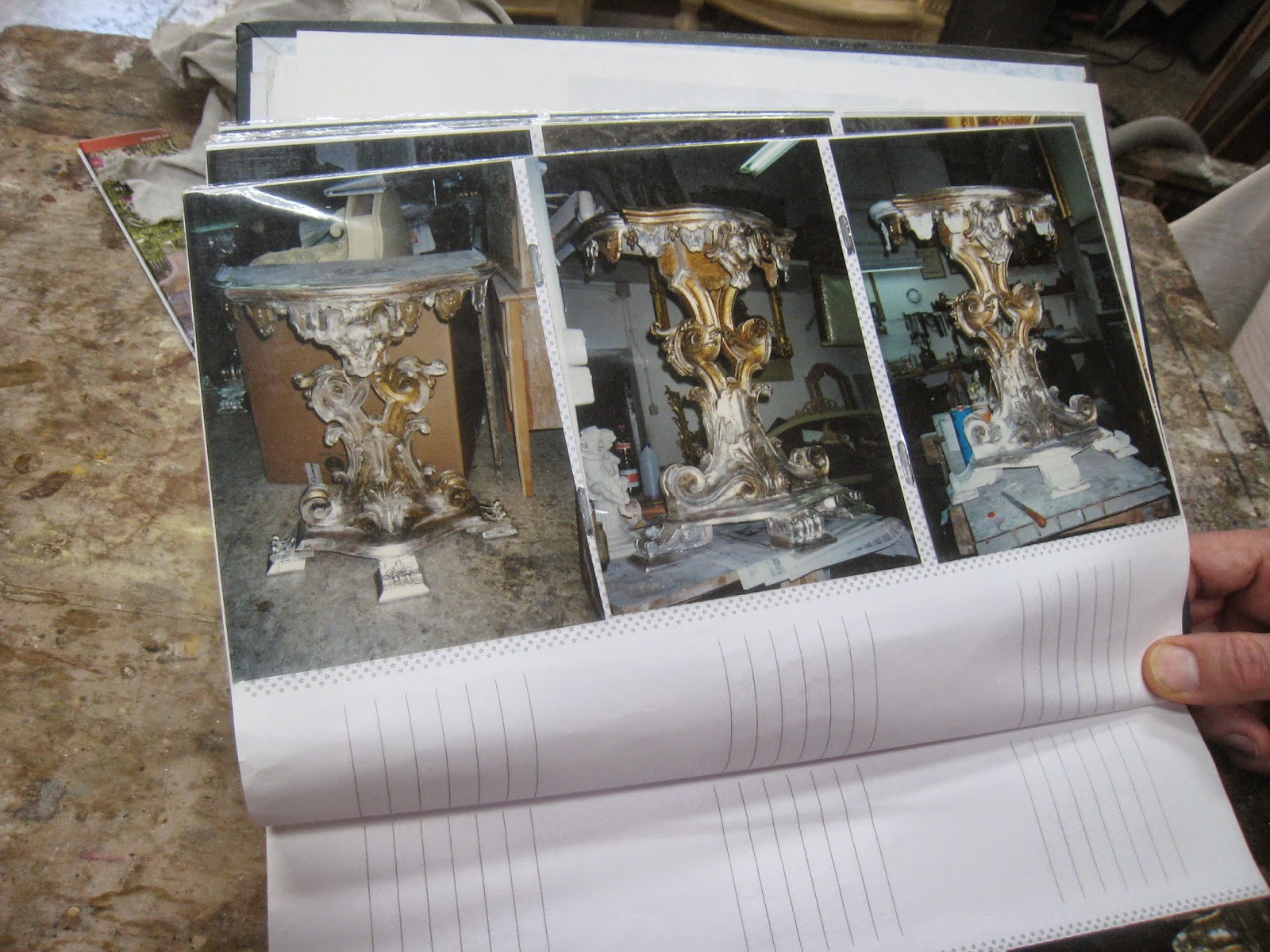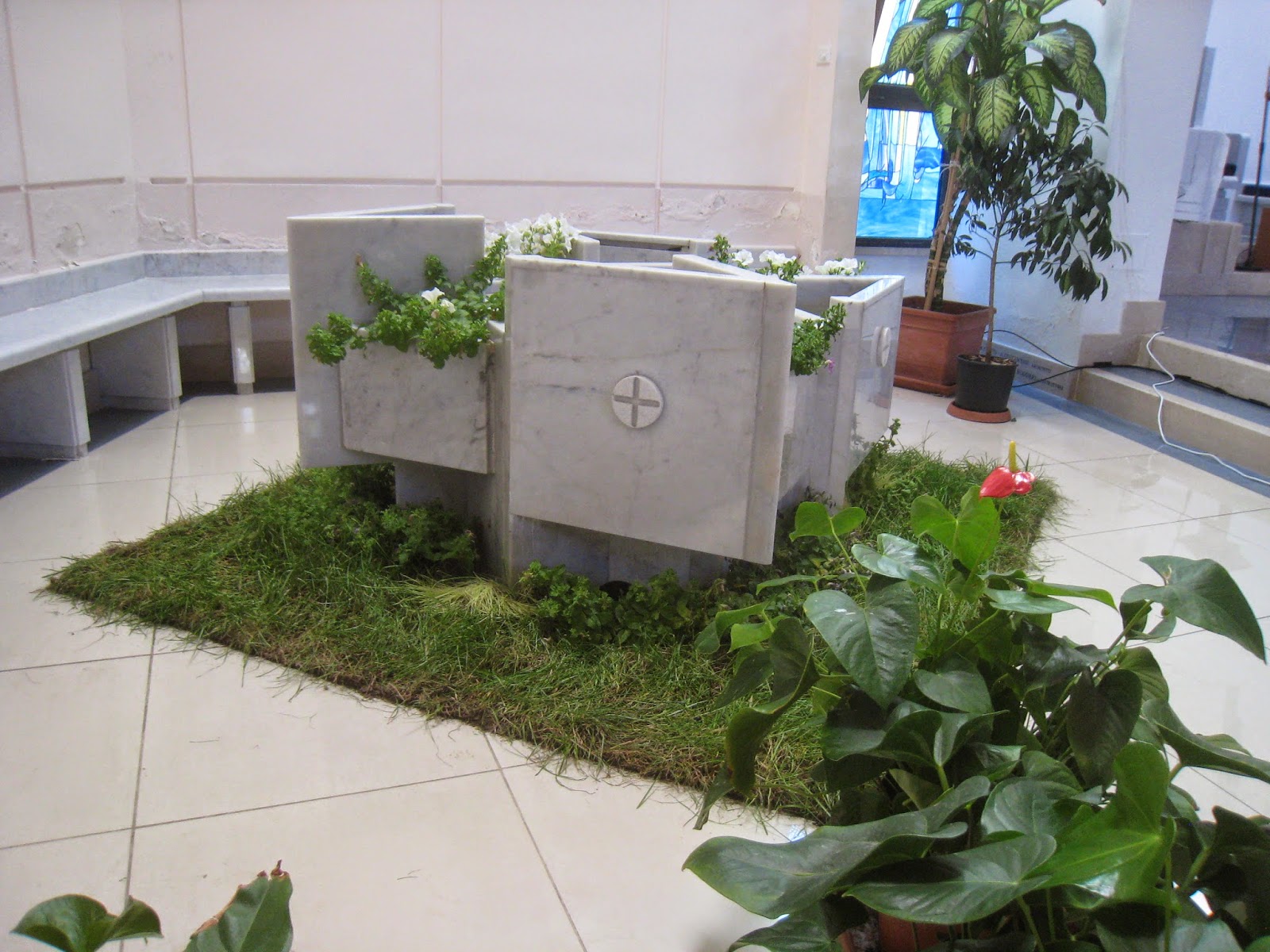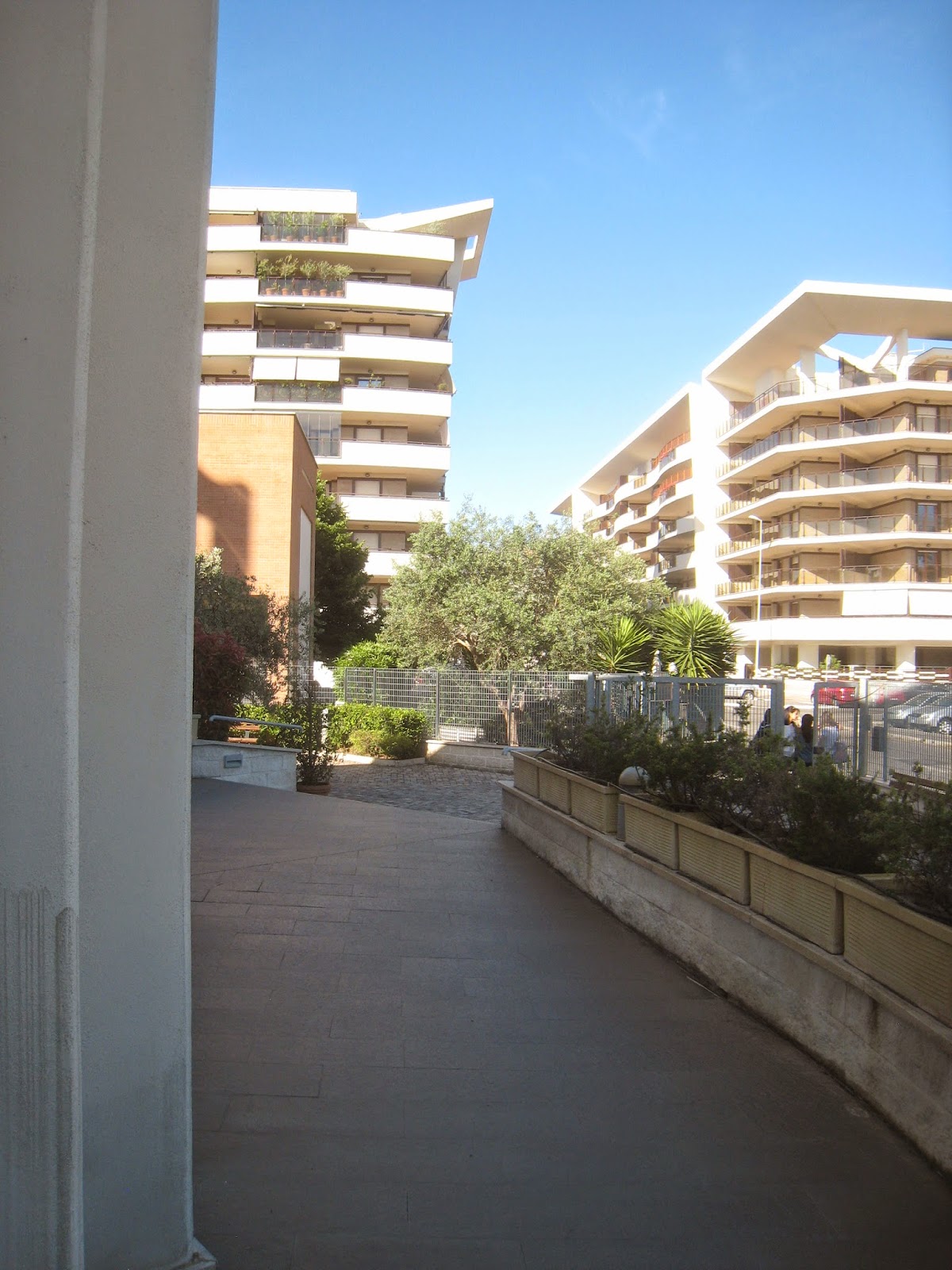Most of the casual graffiti writing--maybe 90%--is right-wing. Disaffected youth expressing their ideas and concerns, such as they are. Here's the rightist stuff we found on Rome's walls in 2014.
"Tutto il resto e' noia"/All the rest is boredom or, perhaps better, All that remains is boredom.
When we first saw this, the meaning seemed obvious. The young rebels of the right--and the Sun Cross/LS (see below) signature suggests we are dealing with the radical right--are bored. It's not clear why they're bored. It may be because they're not involved--unemployed, not in power, doing uninteresting, menial work. And the "resto" implies some previous state, or other state, of non-boredom. According to our Rome friend Massimo, the phrase expresses "a sort of existential ennui,...extended to cover a political stance: everything that is not (political action), everything that is not 'us' (that is, il resto, with their lazy and bourgeois life) is just plain boring."
We agree. But there's a complication, though one that doesn't change our sense of what the phrase means: "Tutto il resto e' noia" is also the title and chorus of beloved singer-songwriter Franco Califano's (1938-2013) most famous song. Although written in 1976 during the anni di piombo, it seems to have no political valence. It's just a love song. Correspondent Massimo adds, however, that Califano the man and Califano the songwriter expressed something like a right-wing view of relationships between men and women. So perhaps there is a link.
"Vita, amore, guerra"/Life, Love, War. Echoes here of the vitalism of Nietzsche, the Italian
Futurists, the cult of Mussolini and Fascism, even Hemingway. You can add to the list. If you're really bored, you can get some relief by going to war against the Austria/Hungarians. Or driving an ambulance.
"Passi securi, passi pesanti e lenti"/Sure steps, heavy and slow. This slogan suggests that the group will move in a gradual but determined way toward its goal. We also have a signature: the LS - Lotta Studentesca (Student Struggle), a right-wing organization and one of the "Eredi di terza posizione" [see just above], this one focused on changes in the educational system. Appropriately, we found this grafitti on a school building. Perhaps this, too, is from a popular song.
"Arma la tua anima"/Arm your Soul/Arm your Spirit. We're not entirely sure what this means, though the schematic fasci at the right of the slogan mark it as right wing. Also, it's likely from the right because that side seems particularly interesting in being armed. We think it means "Toughen Up." Note, too, that around the fasci are two letters--B and S--likely standing for Blocco
Studentesco (Student Bloc), a ring-wing organization similar to the Lotta Studentesca. Those enamored with this organization can purchase a T-shirt bearing the words "Arma la tua anima," along with the words "absentia lunae." This phrase is the name of an affiliated black metal band, whose website describes its "lyrical themes" as "negativity, emptiness, sadness"; its enemy as "modern scum"; and its goal as "resistance against the modern world." Very earnest.
"Valentino presente." We haven't been able to pin down who Valentino is or was. But from past experience we do know that the word "presente" (Present) means that Valentino is dead--likely some time ago, and likely as a consequence of his commitment to the values and goals of the right. (We first saw the word "presente" used in this way on a poster in the Tuscolano zone, paying tribute to 3 young rightists killed there in 1978). To say "Valentino presente" is to say that Valentino is alive in the hearts and minds of those committed to the cause. The word was used by the Fascists in reference to Italian soldiers killed in the Great War.
Bill


































